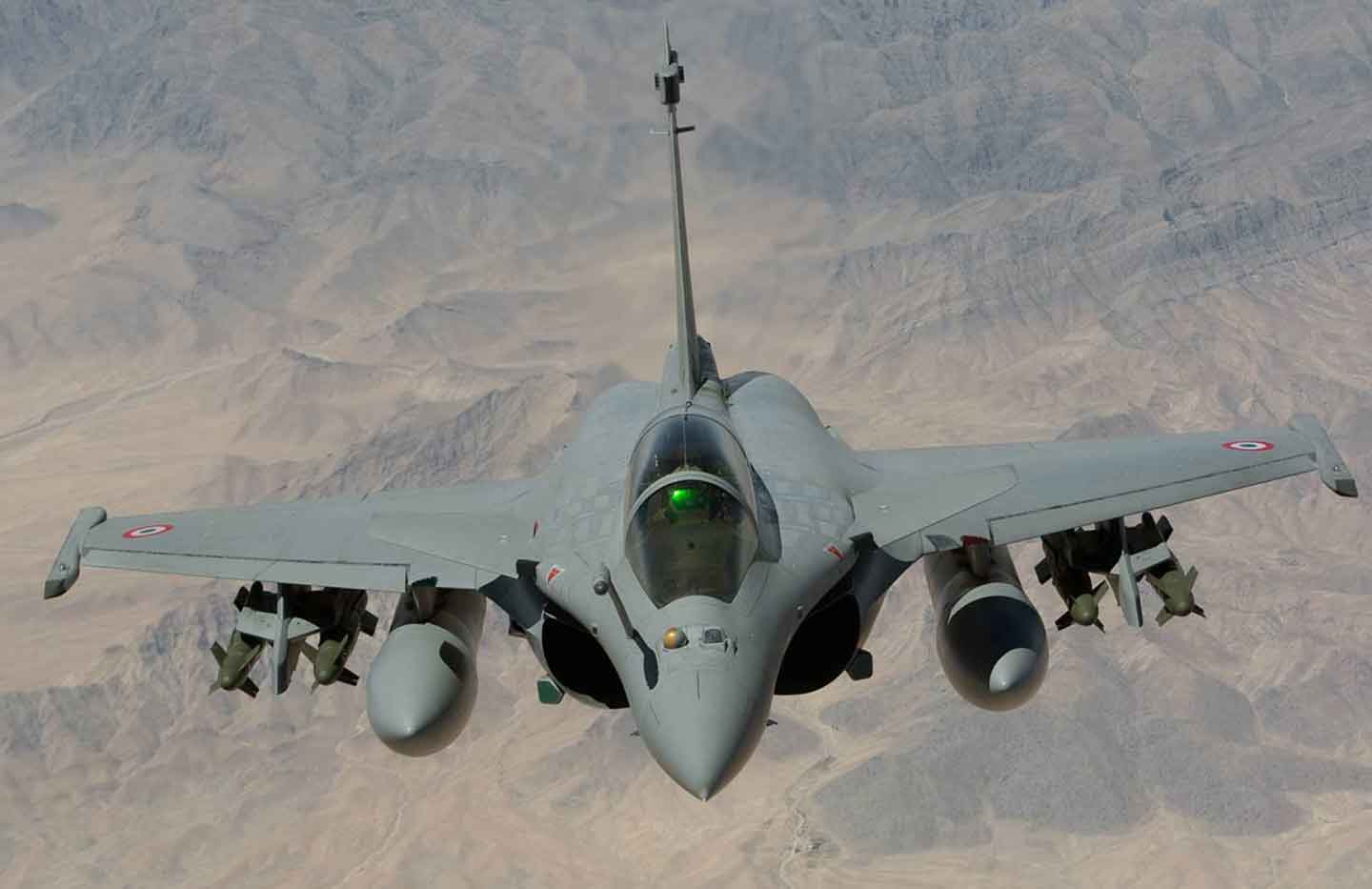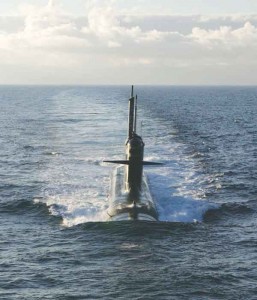Influence of Culture and Conscience on India’s Military Ethos
As a nation we not only practice ‘strategic indecision’ but also never learn from past mistakes. The slow and overcautious decision making process of the government is compounded by the ‘delayed’ implementation policy by the all power wielding civilian bureaucracy, thus causing a mismatch between national intentions and military capability. After Independence, India’s policy makers failed to correctively gauge the reality of the use of military force in dealing with nations especially over boundary issues. We had not realised the importance of securing and manning borders and creating the necessary roads and logistics support infrastructure. When China intervened militarily in the Korean War and faced up even to the US, we did not get rattled and kick-start our military buildup. We were happy grandstanding, doing the peacemaker’s job everywhere and enjoying the photo opportunities.
True indigenous manufacturing and making of next generation models has been given the go by…
The terrible neglect of Military Intelligence could be gauged from the fact that the Chinese could construct a motorable highway through inhospitable frontier regions claimed by India on ‘maps’ – across River Indus in the Demchok area and through Chang Chenmo, Linzi Thang, Aksai Chin and the Soda Plain regions, over three annual working seasons thus connecting Gartok in Western Tibet to Kashgar in Southern Xinjiang, without being detected until 1957! The Chinese Premier Zhou en Lai’s suave excuses that the old Quomingtang maps need to be updated and revised first and thereafter the borders can be finalised and settled with India were taken at face value in 1956 by our self-deluding policy makers. In one stroke we surrendered our moral authority over the uninhabited areas across the Karakoram up to the Kun Lun Range which we had always claimed, as in actual practice – physical possession is nine-tenth of the law, and not boundary lines drawn on one’s own published maps!
The Indian military was and still is, acutely short of specialists knowledgeable in languages spoken across India’s border regions. The tradition of the government sending joint annual military, Survey of India, mineral exploration department, botanical department, wildlife department expeditions in all border tracts has died down after Independence. The prestigious Macgregor Gold Medal, once the pride of British Indian Army officers and which was awarded by the USI for significant border area exploration reports, has all but been forgotten. A country which cannot keep its eyes and ears open and has such poor intelligence gathering capabilities – cannot establish sustainable border claims merely based on legalistic points and Survey Reports of British explorers of the mid-nineteenth century or by drawing lines on maps after we had gained Independence.
It was this tragic flaw which the ground-sure Chinese quickly exploited to the hilt. These remote regions which are now in China’s possession do not have any economic or strategic importance for India but due to the hysterical propaganda built up before and after the 1962 War, they have highly sensitive political connotations – which can be undone only if the Parliament gives its prior approval for a honourable negotiated border settlement. Such a possibility is highly unlikely for several decades to come, and it would be in India’s interest to let the India-China border issue remain unresolved.
China is also unlikely to come to an agreement as that would reveal its actual reason for precipitating the border war, which was to humiliate India for giving refuge to the Dalai Lama and his fleeing religiously minded hapless Tibetans – thus causing it severe loss of face; undermining the Chinese moral authority to rule over Tibet without keeping the Dalai Lama as its puppet, and getting acceptance to its existing governing dispensation by the indigenous population.
Instead of starting capability building after suffering a fiasco, it is far better to maintain a maximum level of military capability that our country can afford. Being a developing country that maintains democratic traditions, our political leadership is compelled to focus on short-term solutions which pay electoral dividends thus putting difficult and long gestation defence related programmes on the backburner. Most do not realize that just possessing nuclear weapons and strategic missiles is not enough as these are only weapons of last resort. India’s twin advantages of having a large youthful population and consistent economic growth needs to be harnessed, to maintain a large size and modernised military muscle as an instrument of deterrence, which is readily available. Rome was respected only as long as it had its undefeatable legions and superb battle fleets.
India’s Achilles heel is its military industrial complex. The corrupt and lazy mentality of the ruling elites has ensured that defence manufacturing has not been thrown open to the vibrant private sector. India’s 39 Ordnance Factories, 53 DRDO Labs and Production Establishments, and six mega Defence PSUs have degenerated due to ‘manipulated’ functioning without competition, to presently become virtual canalizing agencies assembling imported CKD Kits and putting the ‘Made in Bharat’ stamp on them often paying two to three times the cost of the same equipment readily available off the shelf!
India’s Achilles heel is its military industrial complex…
True indigenous manufacturing and making of next generation models has been given the go by because there is no ‘ban’ from the exporting nations like the FMCR, MTNPR or Entities List, which have actually benefited our Atomic Energy Commission and ISRO, who were forced to do indigenous development for everything. Presently it appears alright to import equipment from a private or state-owned foreign manufacturer. If this be so, why then should we not allow 100 per cent foreign investment in the defence sector from the present 26 per cent? No self-respecting foreign manufacturer is keen as he cannot take the risk of divulging technological secrets except of such equipment which are obsolescent. If we dare to do this, then we will leapfrog ahead of China in defence technology within six years because we are such a huge market that no manufacturer can really afford to ignore us.
The government entities will also naturally evolve once they face the heat as had been the case in Israel and France. No group of public sector employees will allow their entity to shut down. The retirement age for people working in defence R&D establishments and OFB/PSU set ups should be reduced to 54 years, and highly productive personnel should be given three-year extension contracts thereafter. The government needs to be liberal in allowing defence products exports to authorised countries, as 50 per cent value of exports is required to sustain indigenous R&D and setting up of commercial production lines. Another important aspect is that clear time lines should be laid down for a weapon system acquisition process – say a maximum of 12 months for trials, one month for modifying the technical specifications of the GSQR in a transparent manner based on the trials inputs, one month for submission of financial bids, and one more month for offsets negotiations before awarding the contract.
This timeframe should be inflexible. Contracts should never be cancelled if there are allegations of kickbacks as this is a natural fall-out of competition but simultaneous enquiry be carried out and a provision for discount equivalent to twice the bribes offered (without waiting for any court verdict) should be incorporated into the contract. Contract for indigenous manufacture and production line set up should be for the next model of that type of equipment even if the same has to be jointly developed, as it is cheaper and qualitatively superior to buy off the shelf from existing manufacturing facilities abroad. For example, by purchasing 120 F-16 Block 60 aircraft, we could have got the entire know-how for setting up the F-35 Joint Strike Fighter aircraft production line transferred to India.






